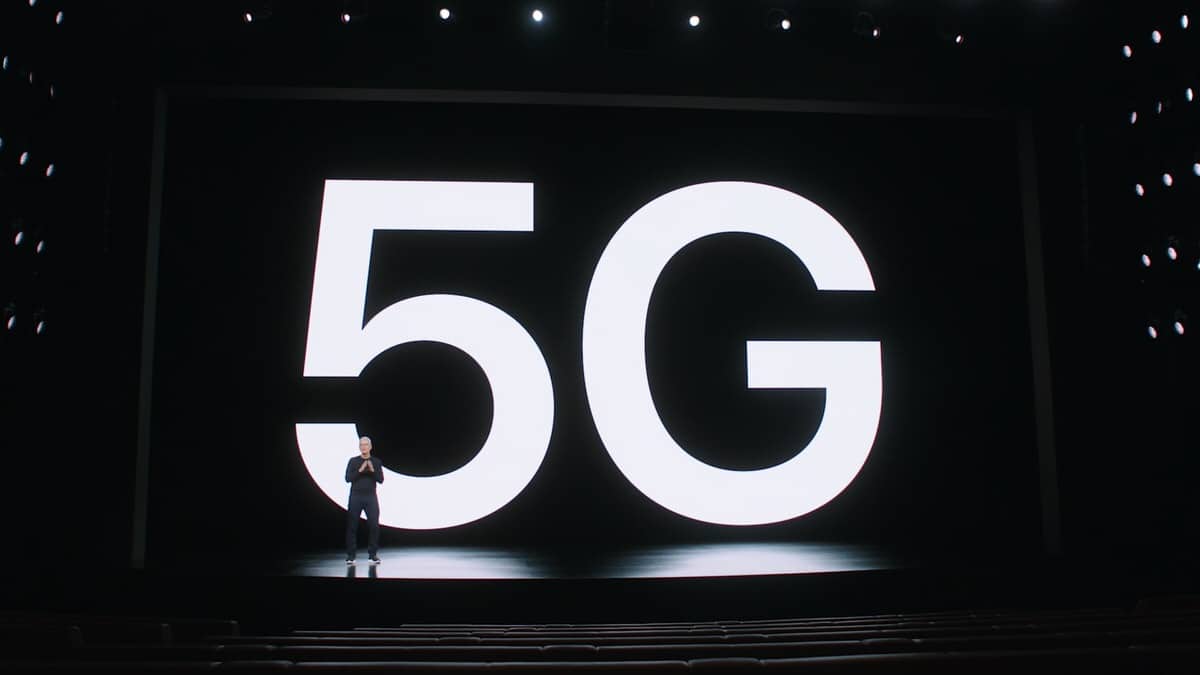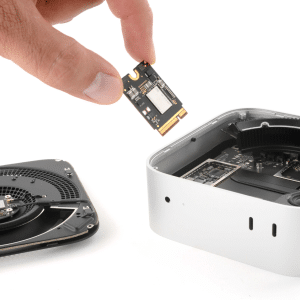Qualcomm has long been a pivotal supplier for Apple, providing advanced modems for iPhones, iPads, and other products. However, Apple’s transition to its in-house 5G modem signals a shift toward greater control over its hardware and software integration. This strategic step aligns with Apple’s long-term vision of optimizing performance and cost-efficiency.
Apple plans to introduce its 5G modem by 2025, gradually reducing its reliance on Qualcomm over the subsequent three years. By 2028, the company aims to be fully independent in this critical area. This roadmap ensures a seamless transition while maintaining high standards of connectivity for its global user base.
Why Apple’s 5G Modem Matters
One of the primary advantages of Apple developing its 5G modem is tighter integration with its devices. This synergy could lead to improved power efficiency, faster data speeds, and enhanced network reliability, benefiting iPhone, iPad, and Mac users alike.
By manufacturing its modem, Apple can potentially reduce costs and mitigate supply chain risks. This move not only strengthens its business model but also positions the company to better compete in the fiercely competitive tech market.
Apple’s history of innovation suggests that its 5G modem will likely incorporate groundbreaking features, possibly including advanced AI capabilities, ultra-low latency, and support for emerging technologies like augmented reality (AR) and virtual reality (VR).
Qualcomm’s Role in the Transition
While Apple’s first 5G modem is on the horizon, Qualcomm remains an essential partner for the interim. The chipmaker will continue supplying modems for Apple devices until the company is ready to implement its in-house solution fully.
Qualcomm’s stronghold in the modem market could face challenges as other tech giants observe Apple’s move. If successful, Apple’s approach might inspire similar initiatives across the industry.
The Technical Edge of Apple’s 5G Modem
Battery life remains a key consideration for mobile users. Apple’s modem is expected to leverage its deep hardware-software integration to optimize power consumption, ensuring longer usage times without compromising performance.
With features like mmWave support, sub-6 GHz capabilities, and enhanced carrier aggregation, Apple’s modem could deliver lightning-fast speeds and reliable connections even in densely populated areas.
Rumors suggest that Apple’s modem may utilize machine learning algorithms to adapt to various network conditions dynamically, further enhancing user experience.
Challenges Apple May Face
Designing a 5G modem from scratch is a daunting task. Apple will need to overcome technical hurdles related to power efficiency, heat management, and global network compatibility.
Global network standards and spectrum regulations vary across regions. Apple must ensure its modem meets all compliance requirements to guarantee seamless international connectivity.
Apple’s move into the modem market places it in direct competition with established players like Qualcomm and MediaTek. Gaining a foothold in this competitive landscape will require strategic innovation and meticulous execution.
What This Means for Apple Users
The integration of Apple’s modem could significantly enhance the user experience, delivering consistent performance across iPhones, iPads, and Macs.
In-house modem development might allow Apple to push software updates tailored to its hardware faster, improving security and adding features more efficiently.
Over time, Apple’s reduced dependence on third-party suppliers could translate to cost savings, possibly reflected in the pricing of its devices.
The Bigger Picture: Apple’s Pursuit of Autonomy
Apple’s 5G modem project is part of its broader strategy to achieve end-to-end control over its hardware and software. This vision has already been demonstrated with the transition to Apple silicon in Macs and the development of proprietary GPUs.
If successful, Apple’s modem could set a new benchmark for mobile connectivity, challenging competitors to innovate further and redefine industry standards.
Apple’s first 5G modem marks a significant milestone in the company’s journey toward self-reliance and innovation. By minimizing its dependence on Qualcomm, Apple aims to enhance device performance, optimize costs, and maintain its position as a leader in the tech world. For Apple users, this transition promises a future of seamless connectivity and cutting-edge technology, underscoring why Apple remains at the forefront of innovation.










